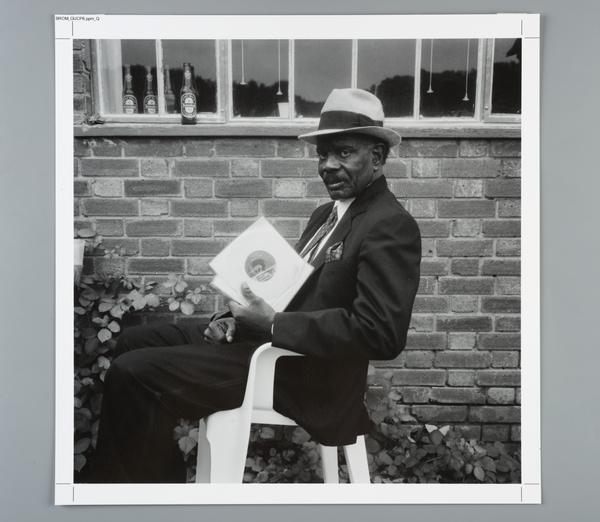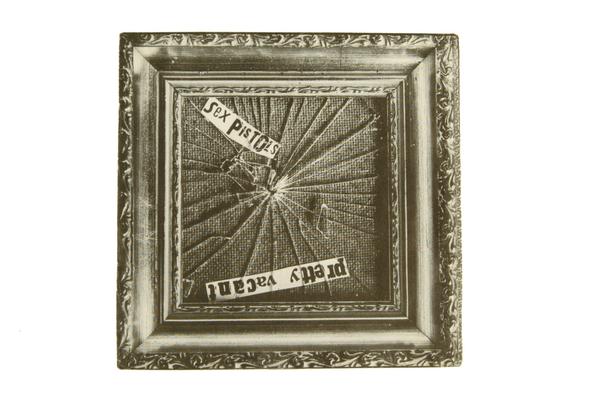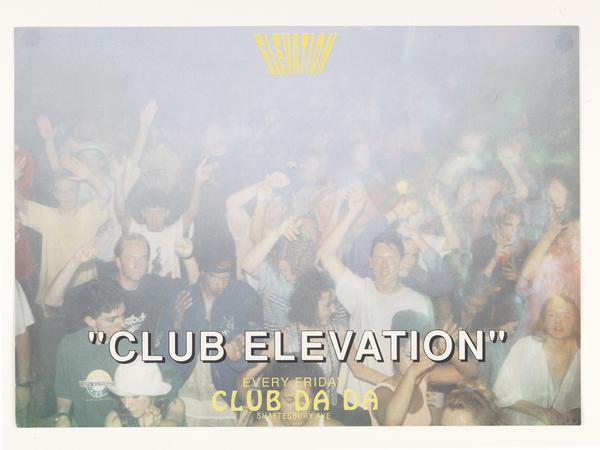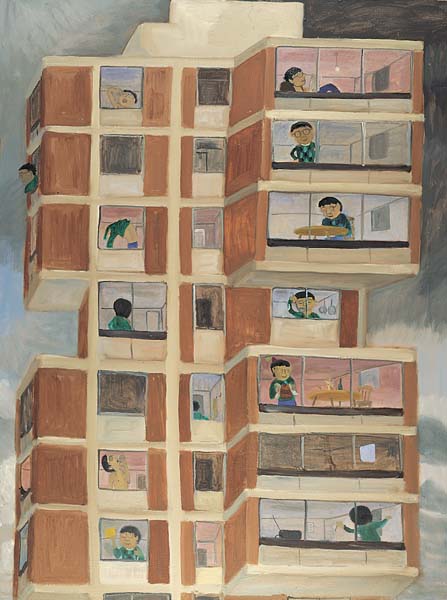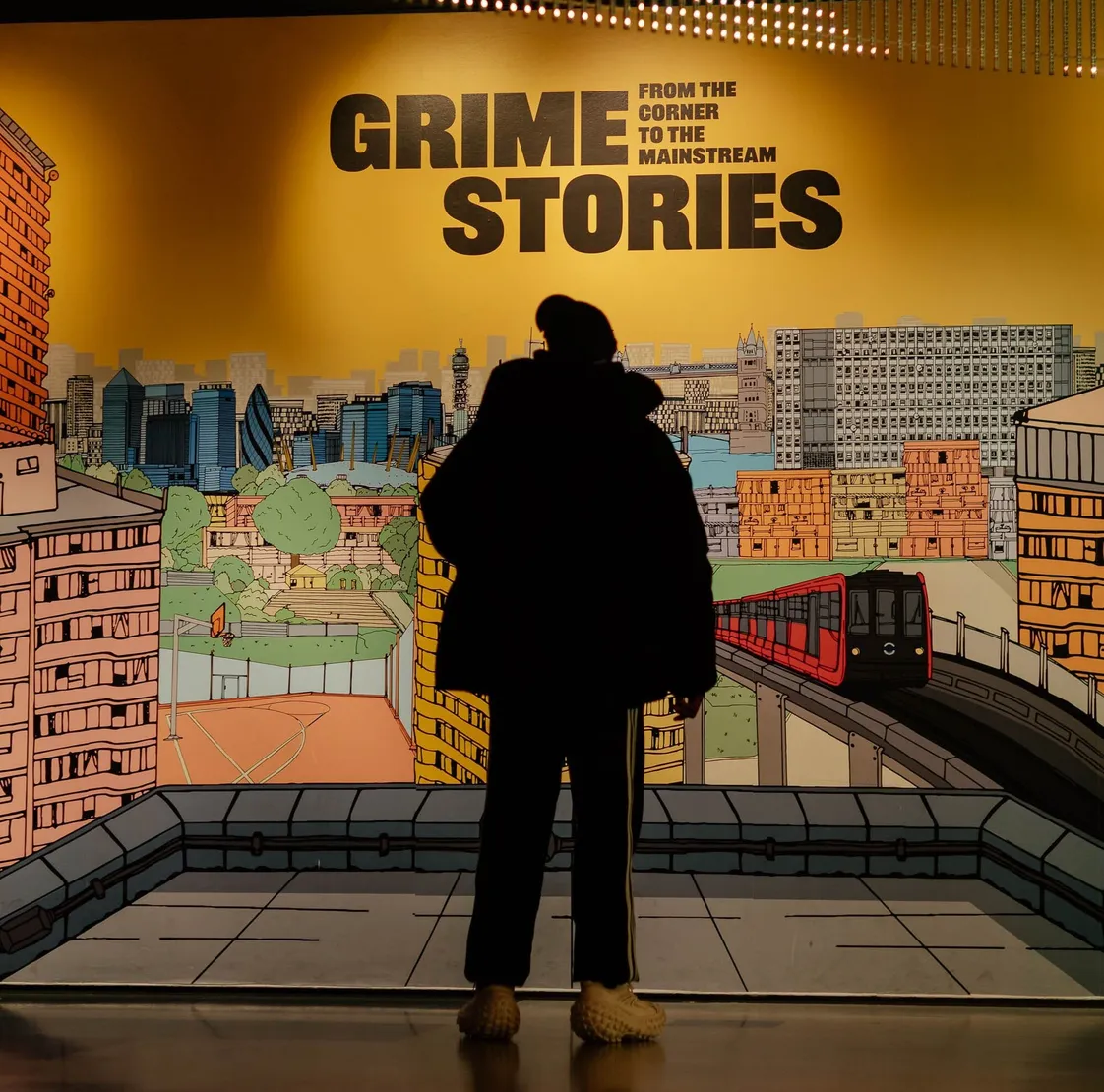London’s grime stars
In east London in the early 2000s, grime artists, pirate radio DJs and film-makers built a tight-knit music scene which has become internationally popular. With hard-edged, often humorous rhymes and fierce, jittery instrumentals, grime was an expression of life around London’s tower blocks, in some of the city’s poorest areas.
Bow, east London
Since 2000

Wiley
The pioneering influence of Bow’s “godfather of grime” can’t be ignored. Wiley was part of Pay As U Go Cartel, a UK garage group who began making grime-sounding tracks before the genre had a name. He mentored Dizzee Rascal and Skepta. And as a producer he developed the eskimo sound, the style now most associated with grime.
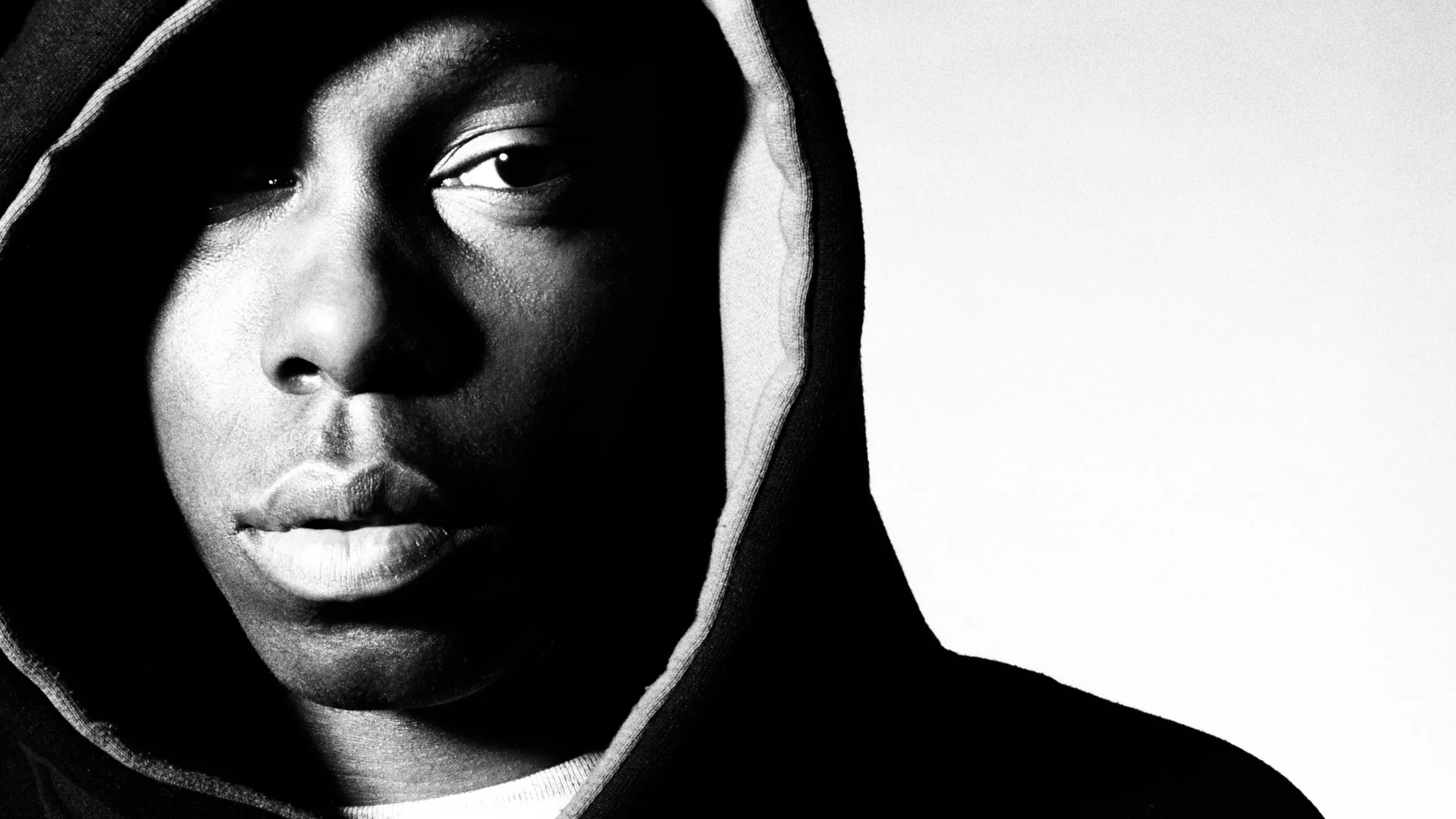
Dizzee Rascal
Dizzee Rascal was 16 when he made I Luv You on a school computer in Poplar, east London. In 2003, Boy In Da Corner became the first grime album to win the Mercury Prize. After massive chart success, he became a national treasure, performing his electronic pop track Bonkers at the opening ceremony of the London 2012 Olympics.

Roony “RiskyRoadz” Keefe
Before social media, grime’s popularity grew from pirate radio, raves like Sidewinder and FWD, and record shops like Rhythm Division on Roman Road. For visuals, there was Channel U on TV and DVD series like Roony Keefe’s RiskyRoadz. Keefe’s videos of MCs freestyling on their local streets surrounded by friends are part of grime history.
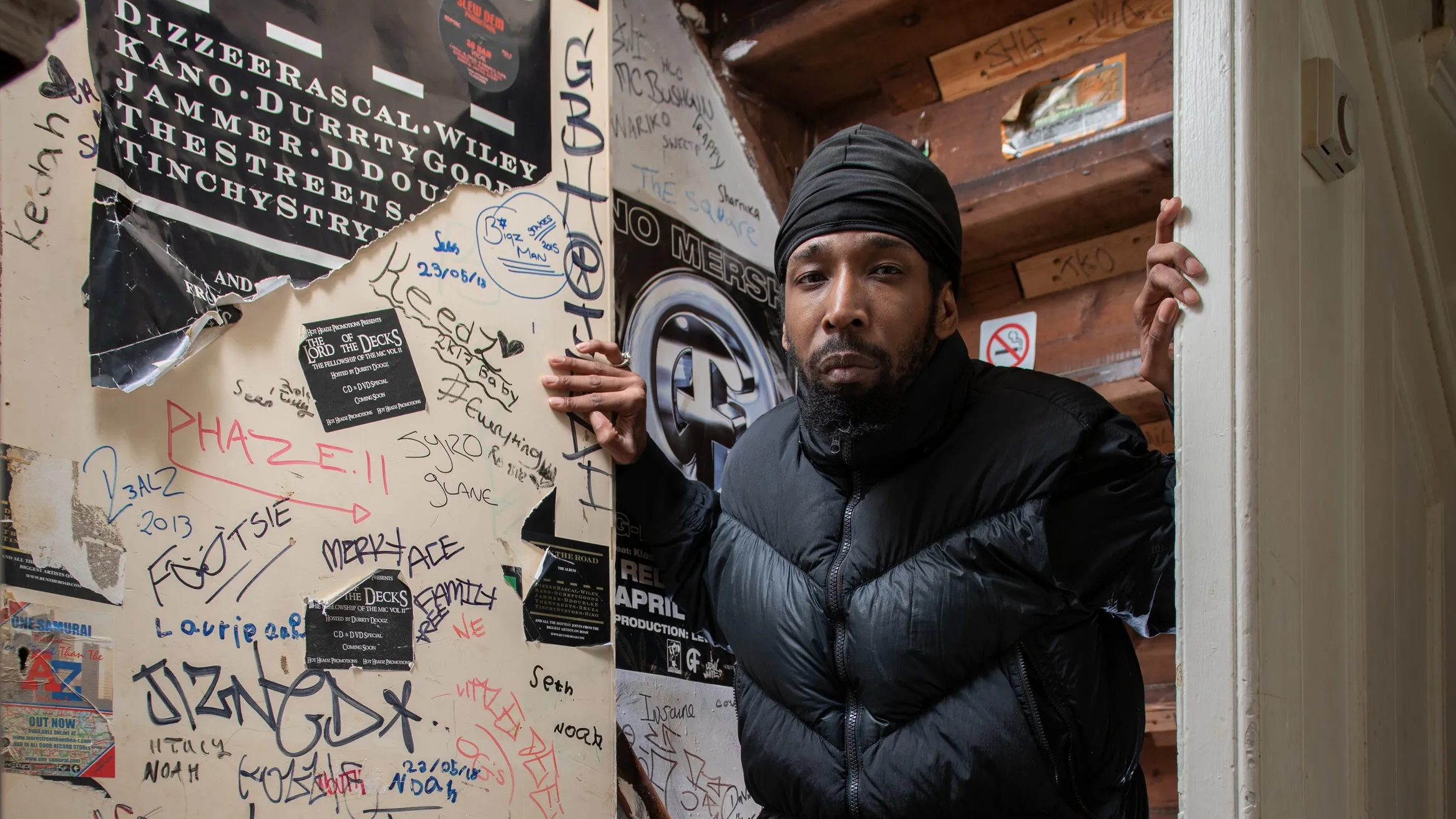
Jammer’s basement
MC and producer Jammer’s basement in Leytonstone is probably grime’s most iconic location. Classic grime tracks were made here. It also hosted Jammer’s momentous Lord of the Mics, a DVD series where MCs clashed by trading freestyled lyrics.

Pirate radio
A crucial platform was pirate radio, broadcast without a licence using transmitters often hidden in tower blocks. These stations allowed MCs and DJs to build both experience and a loyal London following. The long-lasting Rinse FM was founded by DJs Slimzee and Geeneus, and now broadcasts legally.

Kano
Born and raised on Manor Road, Plaistow, east London, Kano was one of the most successful MCs to emerge in the early 2000s, when grime first gained national attention. As an actor, he’s best known for playing Sully in Top Boy, a series set in Hackney which explores many of the same themes as grime – city life, poverty and crime.

Shystie
One of the few women MCs in a male-dominated scene, Shystie grew up in Hackney and north London. I Love You, her cutting response to Dizzee Rascal’s track, helped her become one of the only early grime artists to sign with a major label.
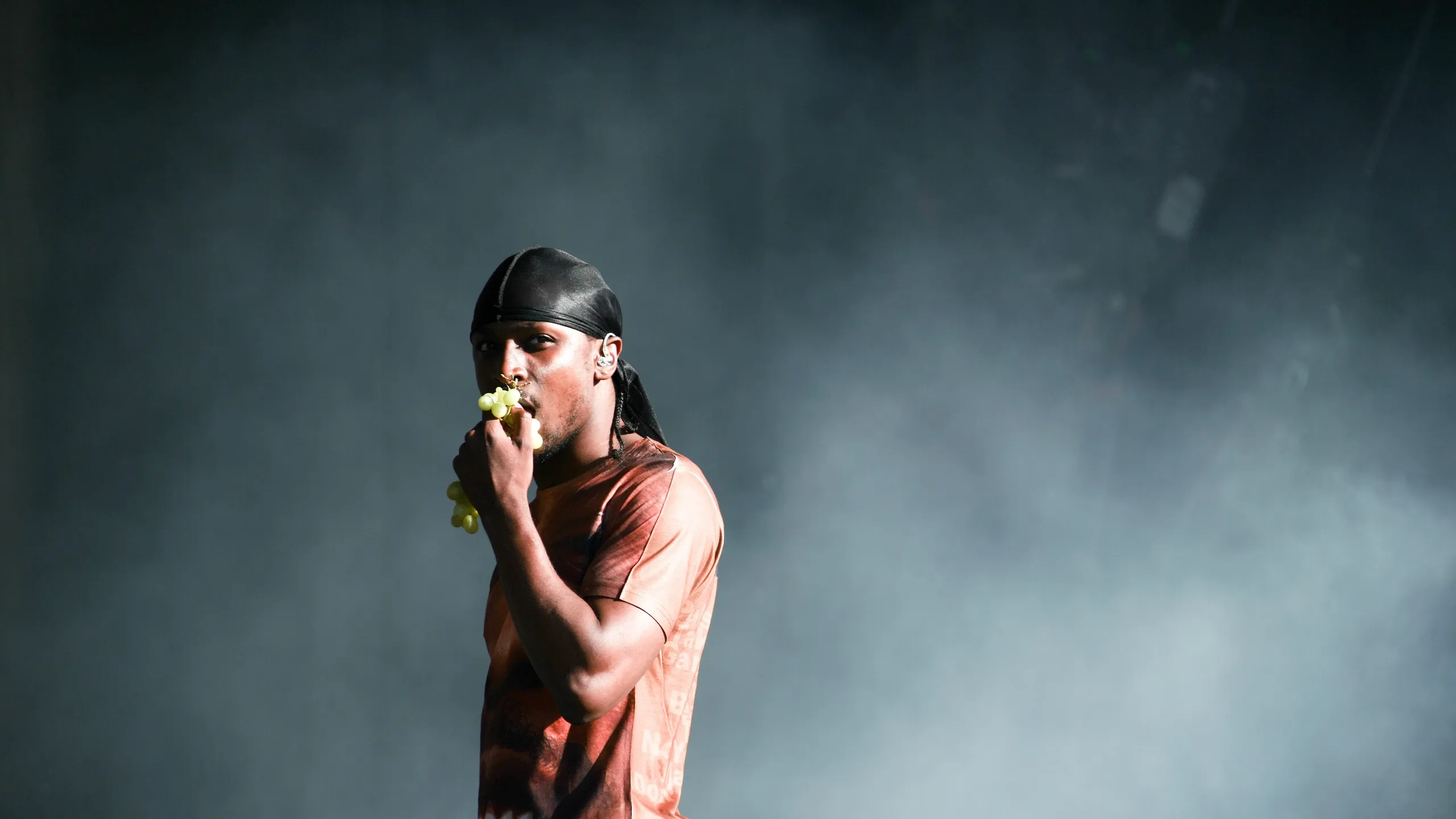
JME
One of grime’s defining features is its DIY culture. Many classic grime tracks were made on basic software or games consoles, without recording studios. In running his Boy Better Know label, producer and MC JME has designed t-shirts, stored CDs in his garage and posted them out himself. He was also one of several artists who supported the Grime4Corbyn movement, which encouraged fans to vote for Labour’s Jeremy Corbyn in 2017.

Skepta
Skepta, brother of JME, grew up on the Meridian Walk estate in Tottenham. He’s been part of grime since its early years, but mainstream success came much, much later. His 2014 single That’s Not Me triggered an enormous grime resurgence. In 2016, he won the Mercury Prize for his album Konnichiwa.

Stormzy
Stormzy, raised in Croydon, was the other leader of grime’s 2010s resurgence. Much of his extraordinary success came from his 2015 freestyle Shut Up, which used a 2004 Ruff Sqwad instrumental. In 2019, he became the first Black British man to headline the Pyramid Stage at Glastonbury – the crowning moment of grime’s journey to international recognition.




